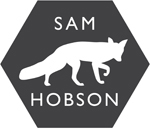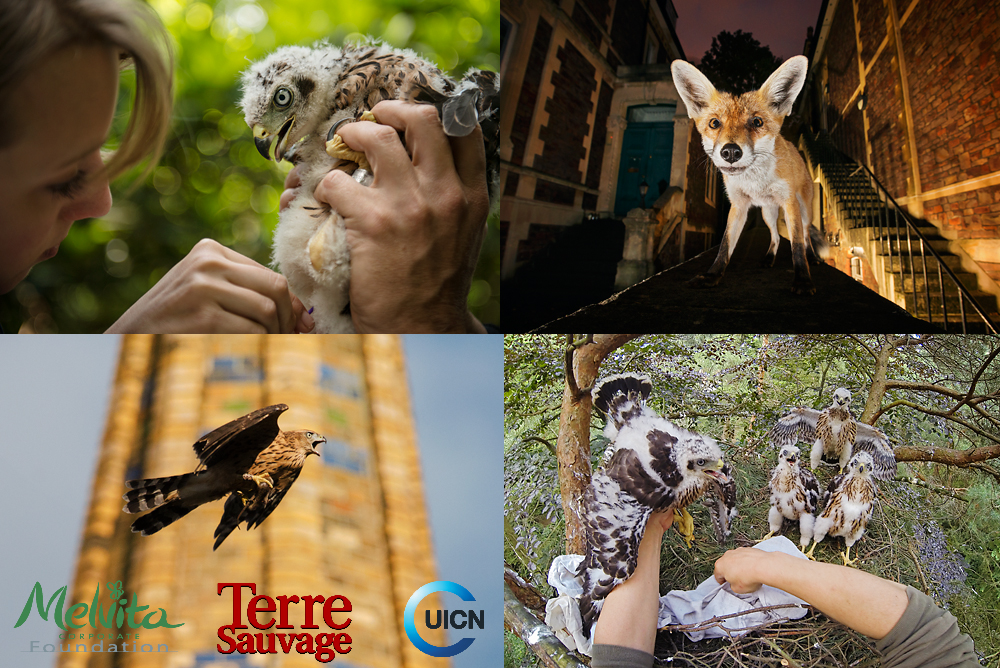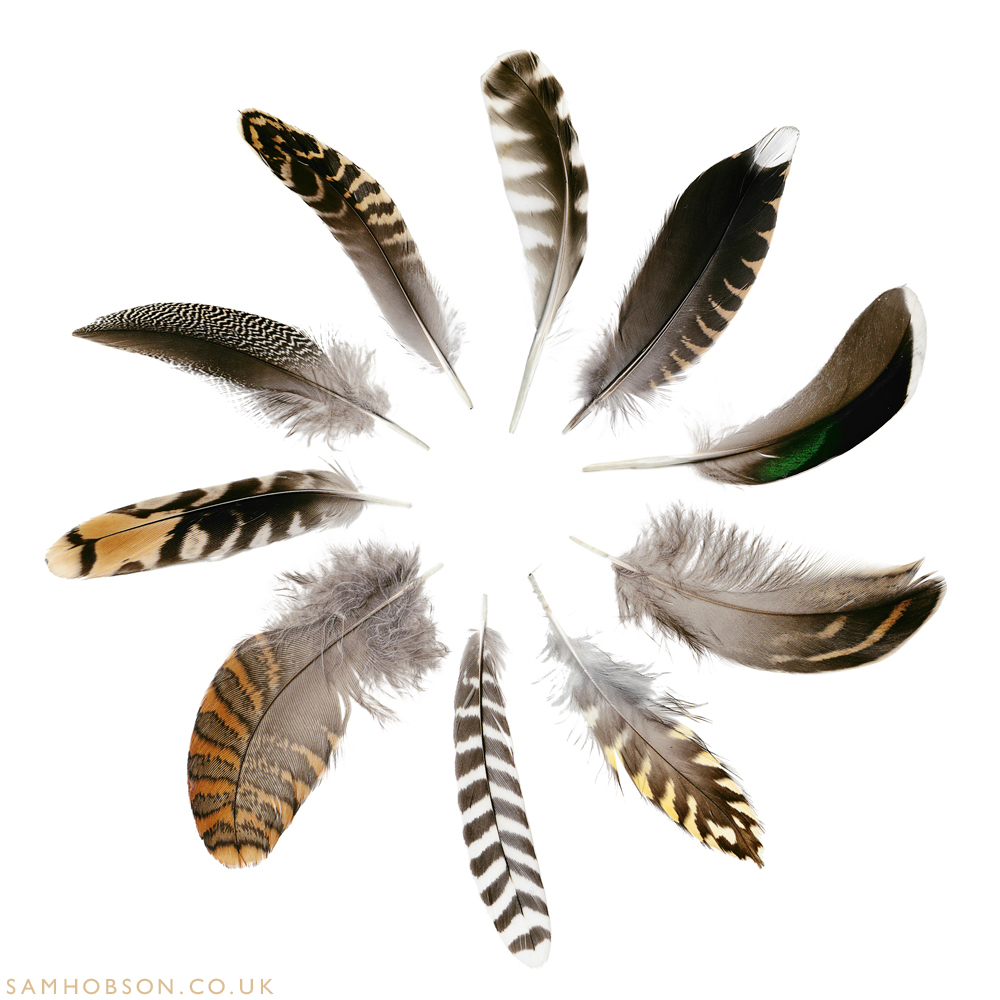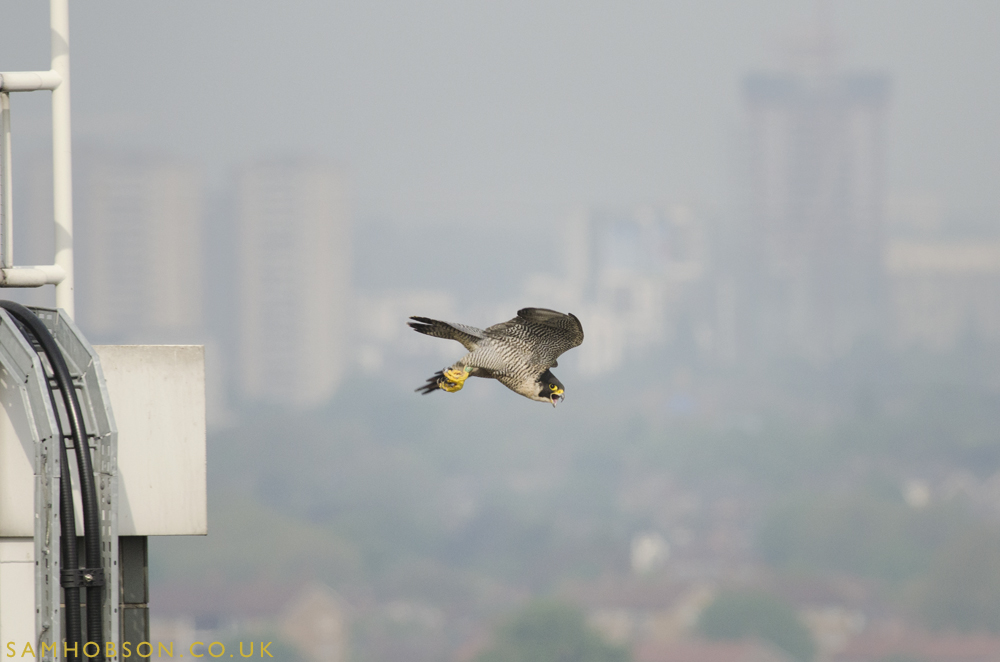The results of the 2014 Melvita Nature's Images Awards have just been announced this morning and my recently published Berlin goshawk story and one of my urban fox pictures have both been awarded. The goshawk set (12 images) was a runner-up in the Man and Nature category and my fox in the Nature in the City category. A nice way to finish off 2014 and my best year so far in the major wildlife photography competitions with a total of 21 awarded images.
You can see all of the winners and runners-up on the competition website: www.natureimagesawards.com/palmares-2014
In unrelated news, my parakeet image has been included in the Daily Mail's "Most Amazing Photographs of 2014". View the full selection here.










































